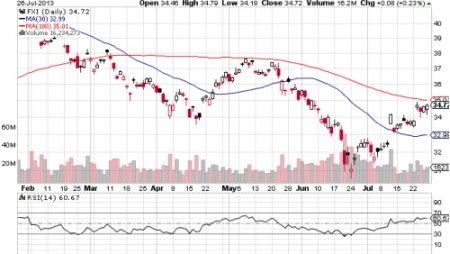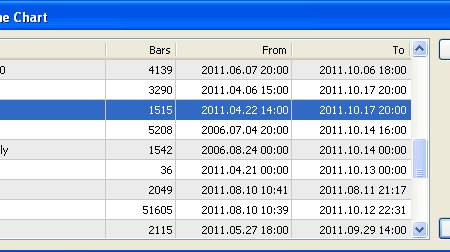Curbing the Retail Forex Trader Paranoia

The paranoia of retail forex traders is legendary and justifiably so. To trade in such a volatile market loaded with “get rich quick” schemes would be naive. In fact, some of the more popular sites like forexpeacearmy.com focus heavily on the idea of a scam or someone trying to rip you off, and this idea extends to the brokers as well.
Traders frequently blame their losses on broker manipulation or games. While this undoubtedly happens, it is unlikely to happen to you unless your balance justifies it. Having worked at a broker, I am well aware of the most common techniques to manipulate accounts. If you feel like your broker is targeting you individually, the best place to start is to ask, “Am I worth targeting?”
If your account balance is under $50,000, I assure you that the answer is a definitive no. Think about the costs involved in paying a dealer to sit around and pick on you. 99% of the time it doesn’t make sense to pay a dealer to steal $20 from Johnny’s $2,000 mini account whenever the market gets near his stop loss. The broker has bigger fish to fry and likely doesn’t know or care about your open trade.
Usually, a market manipulator will look at the entire order book as a whole or, exclusively at the whales. If you’re floating a juicy loss of $50,000 and make the silly mistake of telling the dealer that your pain threshold is 1.3850 (the stop is the public pain threshold), they will likely do everything in their power to goose the market to 1.3850. Only in instances like this is your loss enough to justify their gain, and even then, once you lock in the loss the dealer is likely to leave you alone.
The second tactic brokers use is the one where most retail traders feel victimized. This occurs when 300 different clients all put stop orders within 5 pips of each other. These order clusters happen very frequently, especially near round numbers like 0 and 50. What will happen is the market will appear to magically dip into the cluster, set off all the orders and then return to where it was 10 minutes later.
This is no accident and certainly is not magic. In this case, they know they could force all 300 traders to eat even small losses, resulting in a major profit for them.
The remedy for most traders who are feeling targeted is to turn to EAs with so-called stealth stops and take profits. How this work is, rather than sending the stop loss and take profit to the broker, an Expert Advisor remembers what their values are. Whenever the market hits your exit criteria, the EA sends a request to exit at the market price. The perceived advantage of this approach is that nobody, including the broker, knows the price at which you desire to exit. However, while this may sound like the ultimate solution, it is not without its own drawbacks. The major disadvantage to this technique is that you subject your orders to extra lag time between the exit signal and the time the exit occurs. My personal experience is that stealth execution nearly always results in poorer execution. The price received is usually worse than what you would have achieved by placing the order with the broker and eliminating the lag time.
The only plausible reason for using stealth stops is if your trade size puts you in the “juicy” category from the dealer’s perspective. If you are a target, then you should consider placing your account at a larger brokerage where you don’t stand out as much. Another option is to reduce your position size – large losses frequently result from overleveraging a trade.
In conclusion, although these price chart manipulations do occur, it is unlikely you are actually being targeted. However, if you remain unconvinced, try using stealth stops or lowing your position size to move attention away from you.


